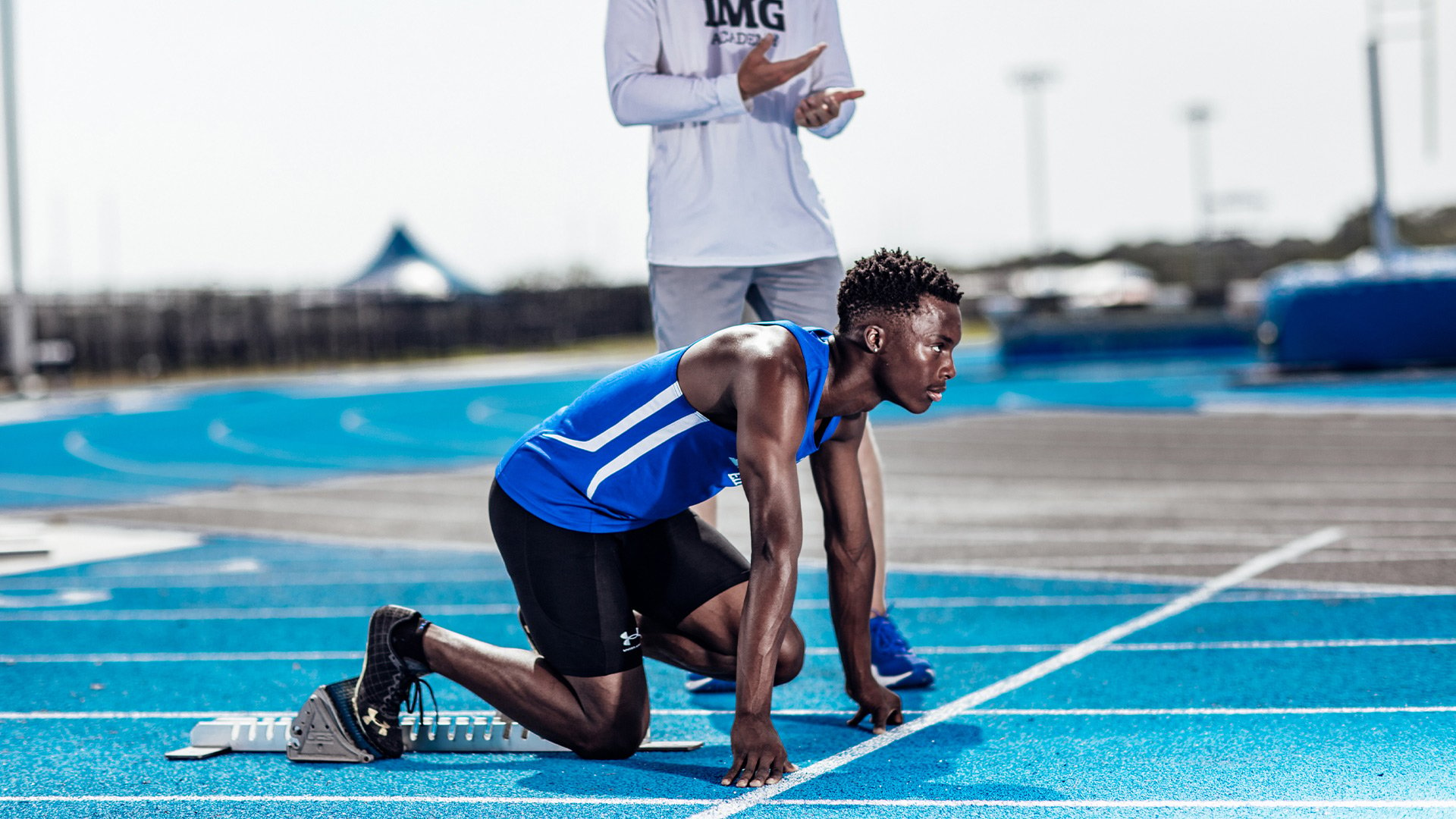How to Plan a Track and Field Training Camp for Optimal Results
How to Plan a Track and Field Training Camp for Optimal Results

Setting Clear Objectives and Goals
Planning a successful track and field training camp begins with establishing clear objectives and goals. This foundational step ensures that the camp is focused and tailored to meet the specific needs of the athletes involved.
Defining Objectives
- Performance Enhancement: Determine the primary focus of the camp—whether it's improving speed, endurance, technique, or overall performance. Align the camp’s objectives with the athletes' current skill levels and future goals.
- Skill Development: Identify the specific skills or techniques that need improvement. This might include sprint mechanics, hurdle technique, or field event techniques such as pole vaulting or shot put.
- Team Building: For camps involving multiple athletes, incorporate activities that foster team cohesion and collaboration. This is essential for creating a supportive and motivating training environment.
Setting SMART Goals
- Specific: Clearly define what you want to achieve. For instance, increasing an athlete's 400m time by 2 seconds or improving the discus throw by 5 meters.
- Measurable: Ensure goals can be tracked and measured to gauge progress.
- Achievable: Set realistic goals considering the athletes' current abilities and the duration of the camp.
- Relevant: Align goals with the overall training and competitive objectives.
- Time-bound: Establish deadlines for achieving goals to maintain focus and motivation throughout the camp.
By setting clear, well-defined goals, you create a roadmap for the camp’s activities and ensure that all participants are aligned in their efforts.
Designing a Comprehensive Training Program
A well-structured training program is crucial for maximizing the effectiveness of the camp. This involves creating a balanced mix of physical conditioning, skill development, and recovery strategies.
Physical Conditioning
- Warm-Up and Cool-Down: Implement dynamic warm-up routines to prepare athletes for intense sessions and static cool-down exercises to aid in recovery.
- Strength Training: Include exercises that build overall strength and power, focusing on key muscle groups relevant to track and field events. This might involve weight training, plyometrics, and resistance exercises.
- Endurance Training: Incorporate aerobic and anaerobic workouts to enhance stamina and speed. This can include interval training, long-distance runs, and sprint drills.
Skill Development
- Event-Specific Drills: Tailor drills to the specific events athletes are training for. For sprinters, include starts and acceleration drills; for throwers, practice technique and form in the shot put or javelin.
- Technical Instruction: Provide detailed coaching on technique and form, using video analysis if possible to offer visual feedback and corrections.
- Mental Training: Include sessions focused on mental toughness and race strategies. Techniques such as visualization and goal-setting can help athletes perform under pressure.
Recovery Strategies
- Rest and Recovery: Schedule regular rest days and light training sessions to prevent overtraining and reduce the risk of injury.
- Nutrition and Hydration: Emphasize the importance of proper nutrition and hydration to support recovery and performance. Provide guidelines or even consult a sports nutritionist if possible.
- Injury Prevention: Implement preventive measures such as stretching, foam rolling, and proper warm-up techniques to reduce the risk of injuries.
A comprehensive training program balances physical conditioning, skill development, and recovery to optimize athletes' performance and progress during the camp.
Selecting and Preparing the Training Environment
The training environment plays a significant role in the effectiveness of the camp. Choosing the right location and facilities, and ensuring they are well-prepared, contributes to a successful training experience.
Choosing the Right Location
- Facilities: Ensure the location has the necessary facilities for track and field training, including a standard track, throwing areas, and gym equipment.
- Climate: Consider the climate and weather conditions. Opt for a location that offers a conducive environment for training, avoiding extreme temperatures that could hinder performance.
- Accommodation and Amenities: If the camp is residential, choose accommodation that is comfortable and equipped with essential amenities. Proximity to food, medical facilities, and leisure activities should also be considered.
Preparing the Training Grounds
- Field Preparation: Ensure that all track and field equipment is in good condition and that the training grounds are well-maintained. This includes checking the track surface, throwing implements, and practice areas.
- Safety Measures: Implement safety protocols to prevent injuries. This includes proper setup of equipment, clear signage for hazards, and availability of first aid kits and medical staff.
- Logistics and Scheduling: Plan the daily schedule to include all necessary activities, from training sessions to meals and rest periods. Ensure that all logistical aspects, such as transportation and equipment setup, are handled efficiently.
A well-chosen and prepared training environment supports optimal performance and ensures a smooth and productive camp experience for all participants.
Evaluating and Adjusting the Program
Continuous evaluation and adjustment are crucial for maximizing the effectiveness of the training camp.
Regular assessment helps in refining the program to better meet the athletes’ needs and improve overall outcomes.
Ongoing Assessment
- Performance Tracking: Monitor athletes’ progress through regular assessments and performance metrics. Use tests and drills to measure improvements and identify areas that need further attention.
- Feedback Collection: Gather feedback from athletes and coaches regarding the training program, facilities, and overall camp experience. This helps in identifying strengths and areas for improvement.
- Adjusting the Program: Based on performance data and feedback, make necessary adjustments to the training program. This might involve modifying workouts, adjusting goals, or changing the focus of sessions.
Post-Camp Review
- Success Evaluation: Evaluate the success of the camp based on the achievement of goals and overall performance improvements. Analyze what worked well and what could be improved for future camps.
- Future Planning: Use the insights gained from the current camp to plan future training camps. Incorporate lessons learned and continuously strive to enhance the training experience.
By systematically evaluating and adjusting the program, you ensure that the training camp remains effective and responsive to the needs of the athletes.

































